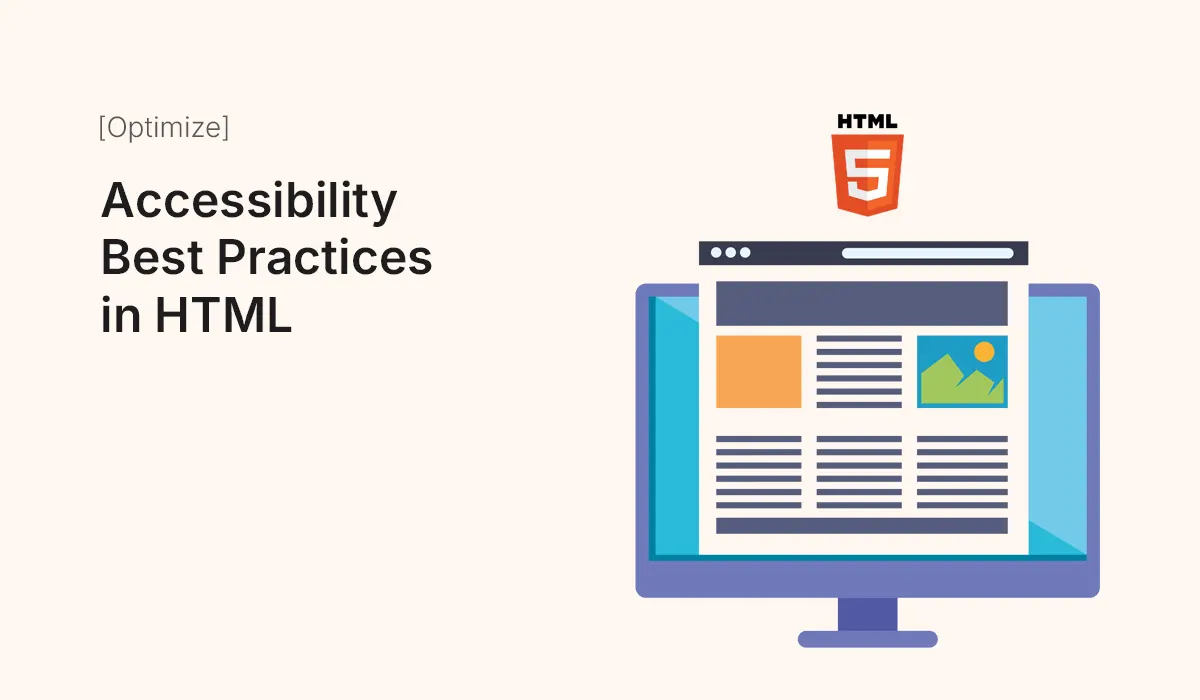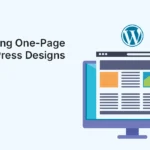Introduction
Web accessibility ensures that websites can be used by everyone—including people with disabilities. With millions of users relying on screen readers, keyboard navigation, and assistive technologies, following HTML accessibility best practices isn’t optional—it’s essential. Not only does it improve inclusivity, but it also enhances usability, SEO, and compliance with global standards like WCAG (Web Content Accessibility Guidelines).
In this guide, we’ll break down the most important HTML accessibility best practices you should implement in your projects.
Why Accessibility Matters
- Inclusive Design – Ensures all users can interact with your site.
- Legal Compliance – Avoid lawsuits under ADA or similar laws.
- SEO Benefits – Accessible websites rank better in search engines.
- Better User Experience – Improves usability for all visitors.
- Business Growth – Wider reach and more satisfied users.
Key Accessibility Best Practices in HTML
Use Semantic HTML
- Use correct tags like
<header>,<nav>,<article>,<footer>. - Avoid
<div>overload—screen readers rely on semantic structure.
<article>
<h1>Accessibility Guide</h1>
<p>This article explains best practices for accessible HTML.</p>
</article>Provide Alt Text for Images
- Use descriptive
altattributes. - Decorative images should have empty alt (
alt="").
<img src="team.jpg" alt="Our startup team smiling in the office">
Ensure Keyboard Navigation
- All interactive elements (links, buttons, forms) must be usable via keyboard.
- Use
tabindexcarefully to control navigation flow.
<button tabindex="0">Submit</button>
Use ARIA (Accessible Rich Internet Applications) Properly
- Add ARIA roles when semantic HTML isn’t enough.
- Don’t misuse ARIA—it should enhance, not replace HTML.
<nav role="navigation" aria-label="Main menu">
<ul>
<li><a href="/home">Home</a></li>
<li><a href="/about">About</a></li>
</ul>
</nav>Label Forms Clearly
- Use
<label>for every input. - Provide instructions and error messages.
<label for="email">Email Address</label>
<input type="email" id="email" name="email" required>
Ensure Color Contrast
- Text should have at least 4.5:1 contrast ratio.
- Don’t rely on color alone to convey meaning.
/* Good contrast */
.button {
background: #007BFF;
color: #fff;
}Add Skip Navigation Links
Allow screen reader and keyboard users to bypass menus.
<a href="#maincontent" class="skip-link">Skip to main content</a> Provide Captions & Transcripts
- Videos should include captions.
- Audio files should have transcripts.
Test with Screen Readers
- Popular tools: NVDA, JAWS, VoiceOver.
- Navigate your site using only a keyboard to identify issues.
Tools for Checking Accessibility
- WAVE – Web accessibility evaluation tool.
- axe DevTools – Browser extension for accessibility testing.
- Lighthouse – Built into Chrome DevTools.
- Color Contrast Checker – Ensures WCAG compliance.
Common Mistakes to Avoid
- Using vague link text like “Click here”.
- Forgetting
altattributes. - Poor heading hierarchy (jumping from
<h1>to<h4>). - Not testing mobile accessibility.
Conclusion
Accessibility is not just about compliance—it’s about creating a better web for everyone. By following HTML best practices, from semantic markup to color contrast, you ensure your site is usable, inclusive, and future-proof.
Start optimizing your HTML templates today with accessibility best practices to create an inclusive, SEO-friendly, and user-first web experience!






